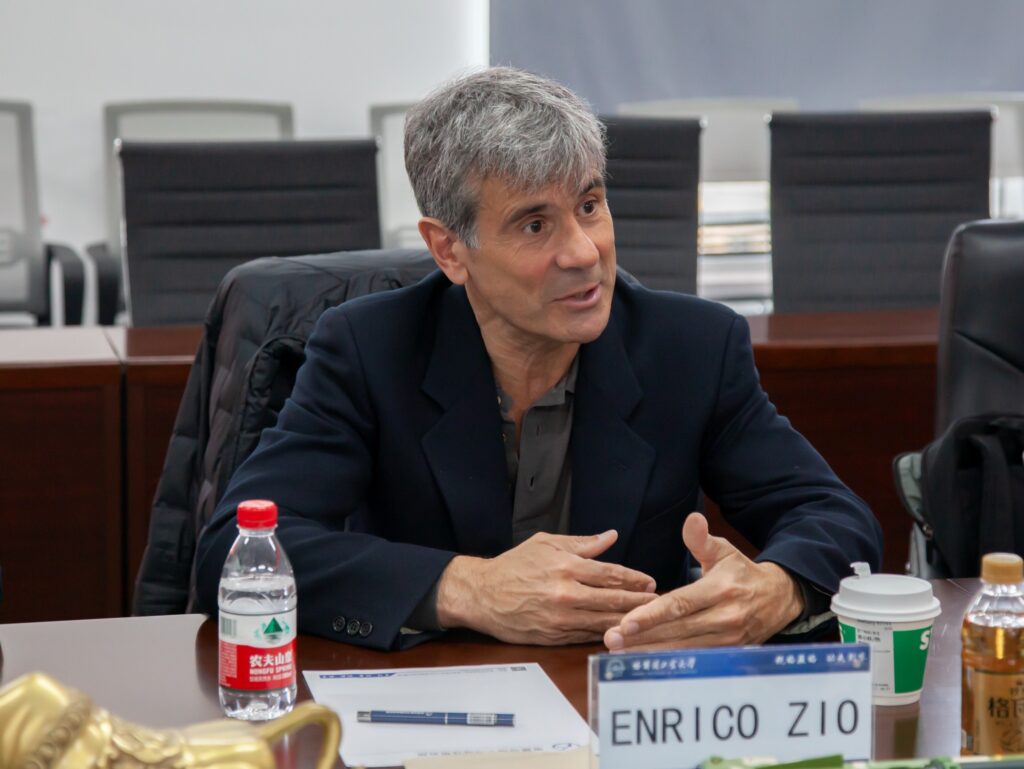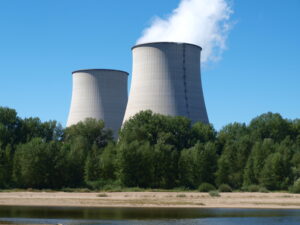Enrico Zio, an international authority in risk engineering and one of the world’s most influential researchers


Enrico Zio’s inclusion in the Clarivate ranking goes beyond individual recognition: it reinforces the international reputation of Mines Paris – PSL and highlights the excellence of the research conducted at the CRC.
Being ranked as a Highly Cited Researcher means that his work on the reliability, safety, and resilience of complex industrial systems is among the most influential in the world.
Based on data from the Web of Science, this ranking distinguishes researchers whose publications have been among the top 1% of most cited articles over the past ten years. It is also one of the benchmark indicators used in the Shanghai Academic Ranking (ARWU) to evaluate the influence of higher education institutions.
For Mines Paris – PSL, having a researcher recognized by Clarivate is a strategic lever for international visibility, but also a mark of collective excellence:
Being distinguished among the most cited researchers in the world is of course a personal honor, but above all it is a collective recognition.
It is proof that European research—and particularly Franco-Italian research—produces solid, open, and visionary science.
For more than thirty years, Enrico Zio has sought to understand how technical, industrial, and societal systems can remain safe, reliable, and adaptive in an uncertain environment. His research covers a wide spectrum: probabilistic modeling, Monte Carlo simulation, predictive maintenance, resilience analysis, and the study of critical infrastructure (energy, transportation, nuclear, cybersecurity).

Belleville-sur-Loire nuclear power plant, Centre-Val de Loire, France.
Born in Milan, he holds two doctorates: one in atomic engineering (Politecnico di Milano) and the other in probabilistic risk analysis (Massachusetts Institute of Technology – MIT). His career illustrates a Europe of knowledge that is open, interconnected, and collaborative, where disciplinary boundaries are blurred in favor of scientific progress.
He joined Mines Paris – PSL in 2018 at the invitation of Franck Guarnieri, Director of the CRC, with the support of Vincent Laflèche, then Director General of the School, and Yannick Vimont, Director of Research. They all shared the conviction that a scientist of this stature would strengthen the School’s international position and consolidate its European network of excellence.
Franck Guarnieri convinced me to join Mines Paris – PSL. We share the idea that risk science is not a defensive discipline, but a science of responsibility.
Two years later, he received the prestigious Humboldt Prize, awarded by the Alexander von Humboldt Foundation, in the “Engineering Sciences” section.
For Enrico Zio, science and humanism are inseparable. One of his role models is Leonardo da Vinci, the Tuscan genius who combined scientific rigor with artistic sensitivity and linked France and Italy in a single creative impulse.
Leonardo da Vinci embodied the unity of thought and experience, of hand and mind. It is this vision, shared with my colleagues at the CRC, that I try to convey: engineering must once again become a humanistic art.
This intellectual lineage feeds into his research philosophy: engineering in the service of the common good, combining scientific analysis, creativity, and social responsibility. His models are not abstractions; they are designed as tools for action, intended to protect people, infrastructure, and the environment.
Among his body of work, Enrico Zio highlights two publications that mark two decisive phases in his career. He cites them as his favorites because they correspond to two defining moments in his scientific trajectory.

TGV Trenitalia
The first, Biasing the Transition Probabilities in Direct Monte Carlo, published in 1995, dates back to his thesis at the Politecnico di Milano. It was there that he experienced one of his first real flashes of inspiration as a researcher: “after several days of unsuccessful attempts to improve the Monte Carlo simulation of rare events, the decisive intuition suddenly struck me.” This article reflects the birth of his vocation, the euphoria of discovery, and the constant movement—made up of doubts, intuition, and enthusiasm—that characterizes scientific research.
The second, Reliability Engineering: Old Problems and New Challenges, published in 2009, stems from a plenary lecture given at ESREL (European Safety and RELiability) at the invitation of Professor Terje Aven. This work led him to take a broader view: “revisiting the history of reliability engineering, analyzing contemporary issues, and outlining future prospects.” It marked a stage of maturity, where it was no longer just a question of developing models, but of proposing a structuring vision for the entire discipline.
By choosing these two publications, Enrico Zio reveals two stages of research: the moment of discovery and the moment of understanding the significance of that discovery. These two texts embody both the passion of the young scientist and the responsibility of the experienced researcher, now capable of enlightening and guiding his field. Buona lettura!

Every year, Stanford University publishes its list of the World’s Top 2% Scientists. This international ranking identifies the top 2% of researchers m...